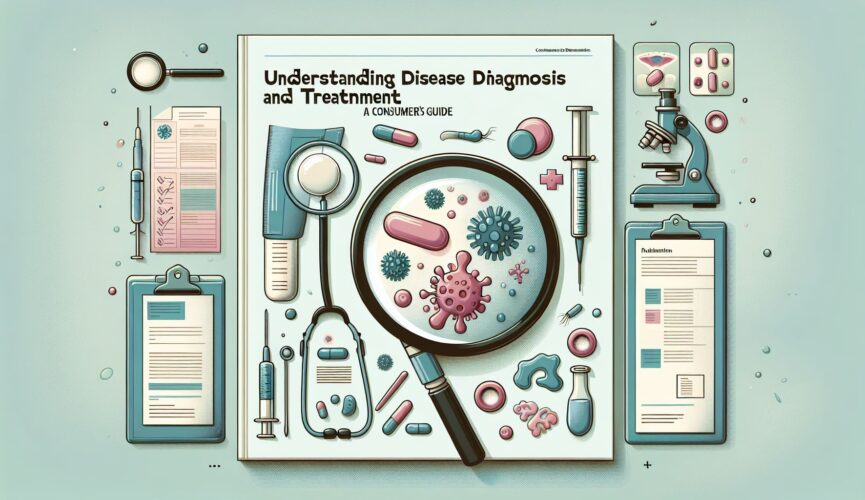As consumers, it is important for us to understand how diseases are diagnosed and treated in order to take control of our health and well-being. By being knowledgeable about the process, we can make informed decisions about our healthcare and work towards disease prevention. In this article, we will explore the steps involved in diagnosing and treating diseases, as well as some tips for staying healthy.
Diagnosing Diseases
Diagnosing a disease involves a series of steps that healthcare professionals take in order to determine the underlying cause of symptoms. The first step in the diagnosis process is obtaining a detailed medical history from the patient. This includes information about past illnesses, family medical history, and lifestyle factors that may contribute to the current symptoms.
After gathering a medical history, healthcare providers may perform physical exams, blood tests, imaging tests (such as X-rays or MRIs), and biopsies to further investigate the potential disease. These tests help healthcare professionals narrow down the possible causes of symptoms and make an accurate diagnosis.
It is important for patients to be open and honest with their healthcare providers during the diagnosis process. Providing detailed information about symptoms, lifestyle habits, and family medical history can help healthcare providers make an accurate diagnosis and develop an effective treatment plan.
Treating Diseases
Once a disease has been diagnosed, healthcare providers will work with the patient to develop a treatment plan. Treatment options vary depending on the type and severity of the disease, but may include medications, surgery, physical therapy, or lifestyle changes.
Medications are commonly used to manage symptoms and treat the underlying cause of a disease. Surgery may be necessary to remove tumors, repair damaged organs, or correct structural abnormalities. Physical therapy can help patients regain strength and mobility after an injury or illness. Lifestyle changes, such as improving diet and exercise habits, can also play a crucial role in disease treatment and prevention.
It is important for patients to follow their healthcare provider’s treatment plan closely in order to achieve the best possible outcomes. This may involve taking medications as prescribed, attending physical therapy sessions, following a healthy diet, and avoiding harmful habits such as smoking or excessive alcohol consumption.
Disease Prevention
While some diseases cannot be prevented, there are steps that consumers can take to reduce their risk of developing certain conditions. Maintaining a healthy lifestyle by eating a balanced diet, getting regular exercise, and avoiding harmful habits can help prevent many common diseases such as heart disease, diabetes, and certain types of cancer.
Regular check-ups with healthcare providers can also help catch potential health issues early, when they are easier to treat. It is important for consumers to be proactive about their health and prioritize preventative care in order to stay healthy and disease-free.
By understanding the process of disease diagnosis and treatment, consumers can take control of their health and make informed decisions about their healthcare. By working closely with healthcare providers and following treatment plans closely, patients can achieve the best possible outcomes and lead healthy, fulfilling lives. Remember, prevention is key to maintaining good health, so prioritize healthy habits and regular check-ups to stay one step ahead of disease.
